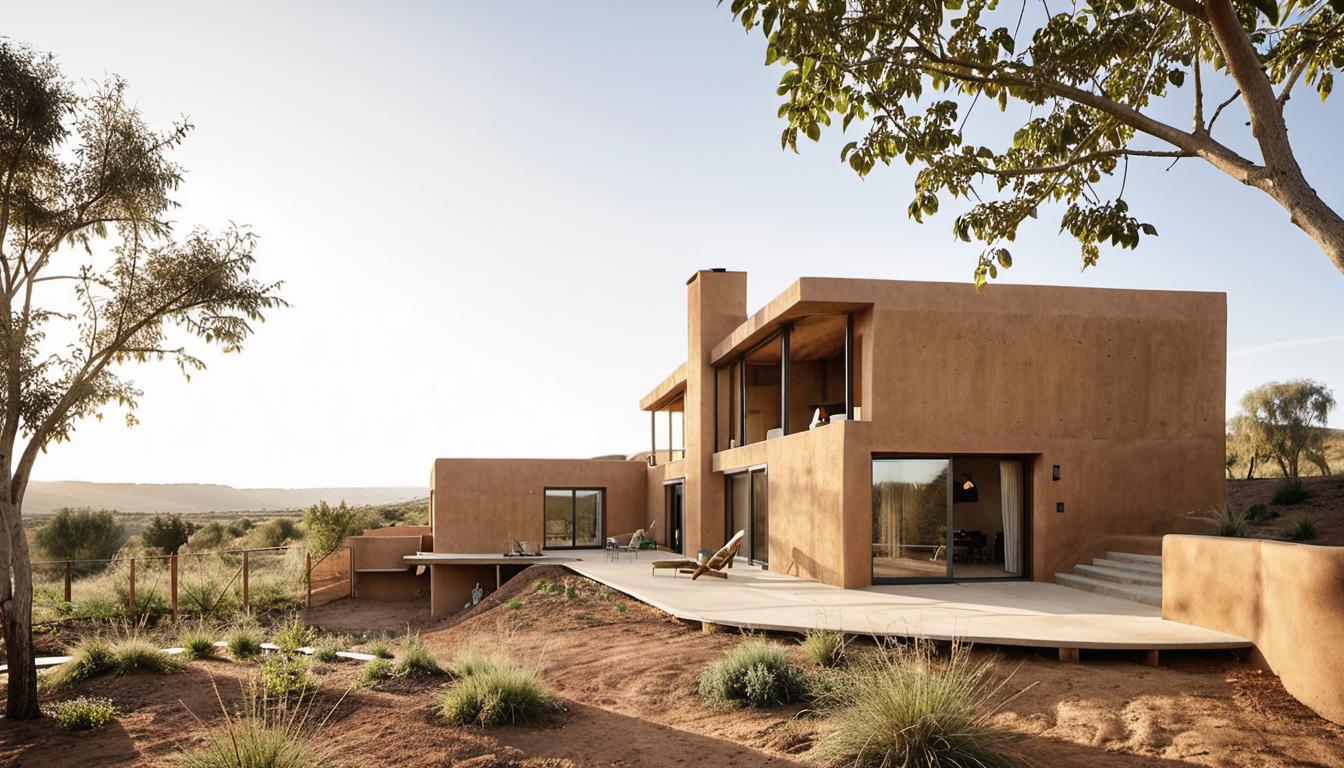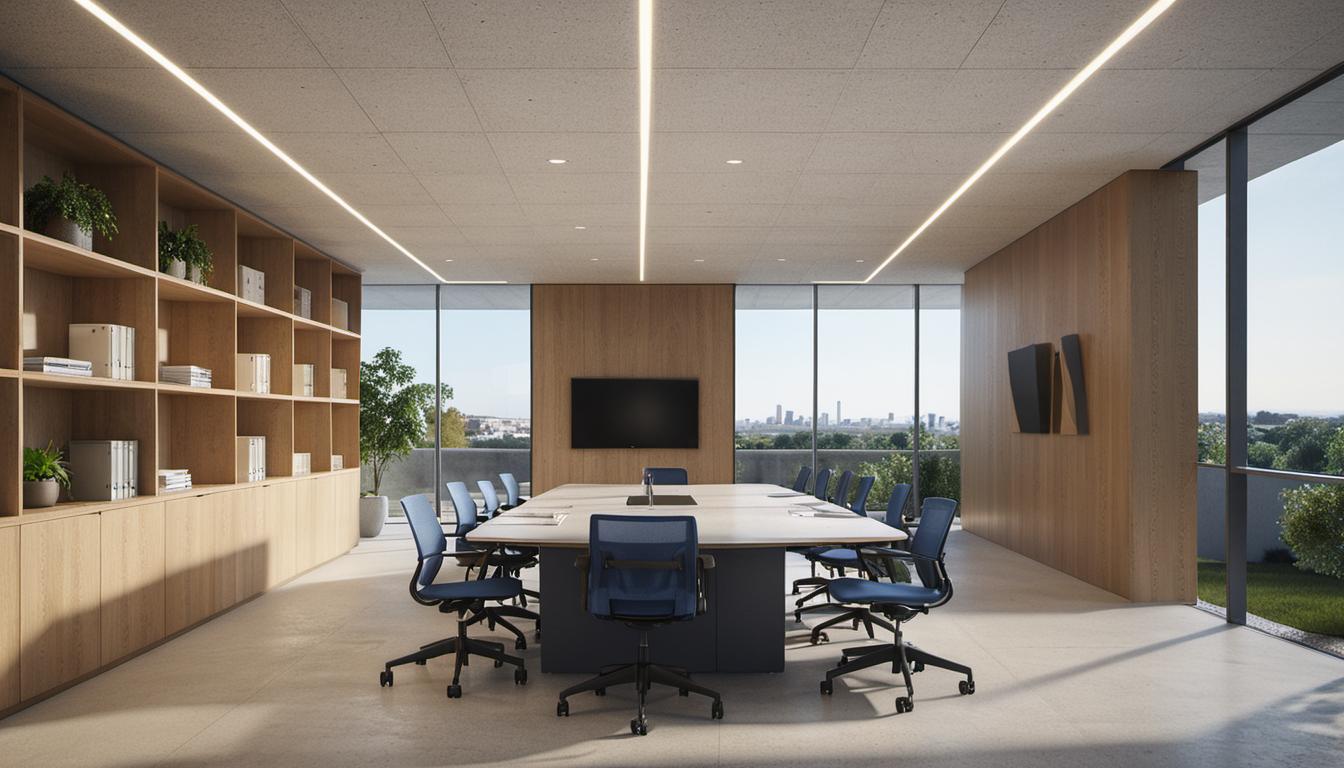Understanding Structural Issues in Earth House Construction
Constructing an earth house can be a promising venture, especially in an era where sustainability is increasingly prioritized. In this post, we’ll examine concerns specific to the process of earth house construction.
An Overview of Earth House Construction
The construction process of an earth house, specifically one made of rammed earth, can be multifaceted. According to environmental building professional, Clifton Schooley, both design and construction play significant roles in creating rammed earth buildings that provide social and environmental benefits.
Rammed Earth: An Insight
Rammed earth structures use re-bar to anchor the walls to the foundation, much like concrete walls do. The construction process, however, varies extensively depending on factors such as soil availability and location. This requires a considerable degree of trial and error to optimize the soil mix for the given location, making the construction process as variable as it is exciting.
Key Components of Rammed Earth Construction Design
Important parts of rammed earth construction design include foundation design, rammed earth soil mix design, door and window lintels, and the bond beam. Each of these components play a role in ensuring the stability of the construction.
- Foundation Design: The foundation ensures the walls are capable of supporting their own weight.
- Soil Mix Design: Mixing soils for rammed earth construction can be a challenge. Certain additives like Portland cement may be necessary for stability, durability, and water resistance.
- Door and Window Lintels: These need to be precisely designed to hold the weight of the structure.
- Bond Beam: A bond beam at the top of the wall holds the roof structure and assists in maintaining the structural integrity of the house.
Potential Snags in Earth House Construction
Blending, mixing, and conveyance of soil is a critical stage, which can be done manually or with mechanized equipment like bins, feeders, mixers, and conveyors for larger projects. Challenges in this stage can lead to structural issues in the houses. An improper blend or mix of soil can result in instability, weaker resistance to elements, and unpredictable lifespans for the construction.
Exploring Various Earth Sheltered Home Types
The concept of earth-sheltered homes includes structures that are surrounded by soil or vegetation on their walls or ones that are entirely buried. Let’s look at the different types of these homes:
- Bermed Homes: Soil is pushed against exterior walls to provide added insulation and manage storm drainage. Skylights are commonly used in these houses for sunlight and ventilation.
- In-hill Homes: Constructed into slopes or hills with one wall exposed for doors and windows, these homes use passive heat for thermal control.
- Earth Covered Homes: These homes only have soil or vegetation covering the roof, offering both sustainability and aesthetic appeal.
- Underground Homes: Built below ground level, these homes have a central courtyard or atrium providing access to natural sunlight and air.
Bearing in Mind the Environmental Rewards
Constructing and living in an earth-sheltered home has multiple benefits for the environment. Such homes help in maintaining the natural landscape and enhancing biodiversity. Moreover, they have a lower overall negative impact on the environment. The green roofs of these houses also help in preventing flooding by absorbing and filtering rainwater, which is later returned to the atmosphere through evaporation.
Addressing Common Queries
Here are the answers to some of the most frequently asked questions related to earth house construction:
- Q: What are the major structural issues in earth house construction?
A: Some of the most common issues include improper soil mixing and blending, challenges in foundation design, and inappropriate placement of door and window lintels. - Q: How does foundation design affect the stability of rammed earth buildings?
A: The foundation bears the weight of the walls in a rammed earth construction. An unsound foundation design can lead to instability and cracks in the structure over time. - Q: What methods are used to improve the earth mix for building construction?
A: Enhancements can be made to the earth mix through the addition of stabilizers like Portland cement. They augment the stability, strength, and water resistance of the building. - Q: What are the different types of earth-sheltered homes?
A: Types of earth sheltered homes include bermed, in-hill, earth covered, and underground homes, each having unique properties and benefits. - Q: What are some environmental benefits of earth-sheltered homes?
A: These homes have lower environmental impacts, help preserve the natural landscape, and promote enhanced biodiversity. They also help in mitigating flooding by absorbing and filtering rainwater.
Summing Up
Building with earth can present unique challenges, yet it also offers a promising path towards a sustainable and regenerative architecture. Further learning and experimentation in this field promises to address some of the most pressing needs of our times.






